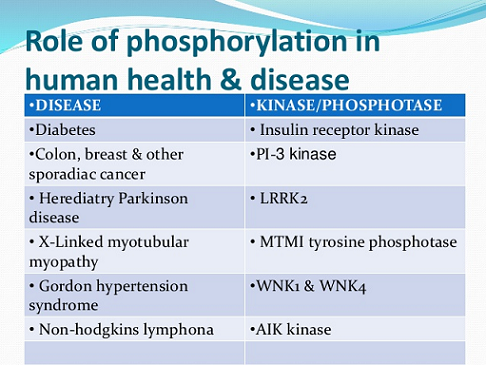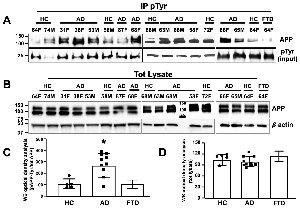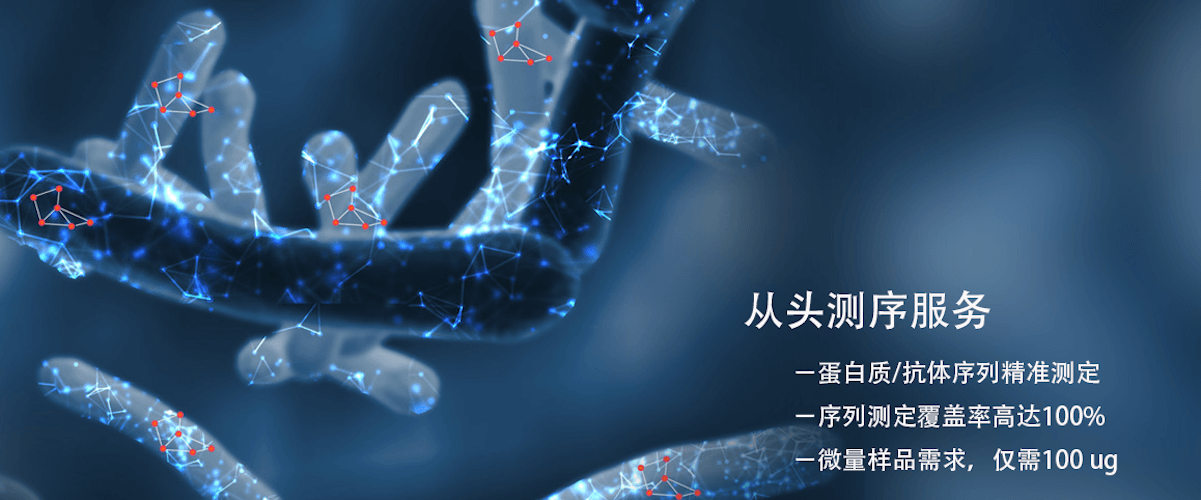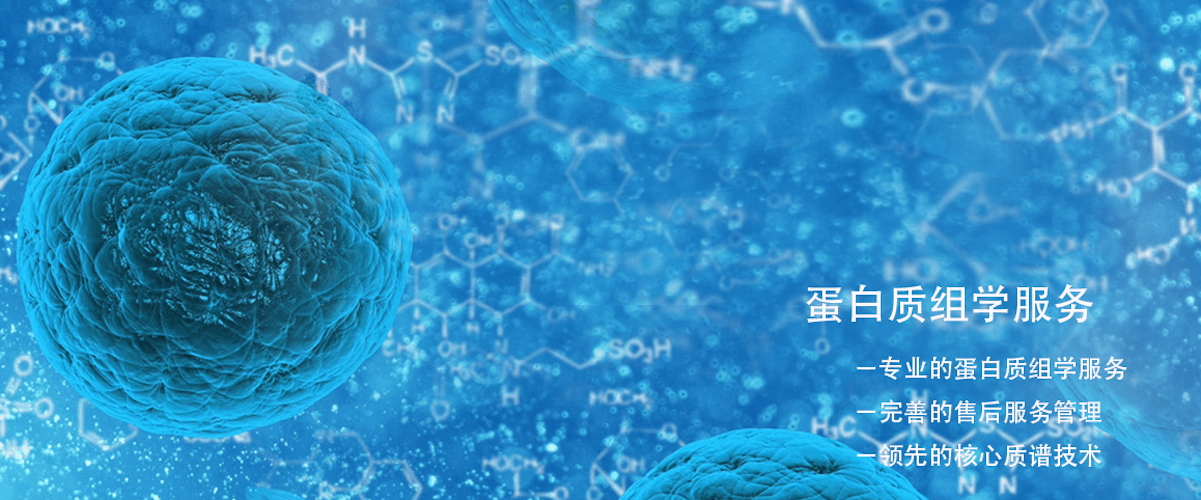Looking for disease biomarkers or drug targets? Protein phosphorylation analysis can help you!
Protein phosphorylation is a reversible post-translational modification. In the mammalian cell lifecycle, at least one-third of proteins undergo phosphorylation modifications. Protein phosphorylation is involved in many signal transduction pathways and cellular metabolic processes, and many known diseases are also associated with abnormal protein phosphorylation.

s1
The functional outcomes of many phosphorylation events have been annotated, especially for kinases whose activity is directly regulated by phosphorylation. Therefore, studying the phosphorylation of proteins and proteomes can help discover biomarkers of diseases and identify new drug targets with therapeutic potential.
1. Article Title: Fyn Tyrosine Kinase Elicits Amyloid Precursor Protein Tyr682 Phosphorylation in Neurons from Alzheimer’s Disease Patients
Journal: Cells
Impact Factor: 4.366
Publication Date: 30 July 2020
Article Link: https://www.mdpi.com/2073-4409/9/8/1807/htm
Alzheimer's disease (AD) is a currently incurable neurodegenerative disease, but there are some early detection strategies. Researchers previously proposed that the amyloid precursor protein (APP) tyrosine 682 (Tyr682) residue could serve as an important target for developing new drugs or diagnostic interventions for AD. When APP is phosphorylated at Tyr682, it is forced into acidic neuronal compartments and processed to produce neurotoxic amyloid β-peptides (Aβ peptides). Interestingly, in AD neurons, the interaction between Fyn tyrosine kinase (TK) and the APP Tyr682 residue is increased. In this study, researchers demonstrated that overexpression of Fyn TK induces APP Tyr682 phosphorylation in neurons from healthy donors and promotes amyloidogenic APP processing via Aβ peptide accumulation and neuronal death. In neurons from AD patients, APP phosphorylation at Tyr (pAPP-Tyr) is increased, and AD neurons with high pAPP-Tyr also exhibit higher Fyn TK activity. Inhibition of Fyn TK eliminated pAPP-Tyr in AD neurons and reduced Aβ42 secretion. Moreover, the multidomain adaptor protein Fe65 controls Fyn-mediated pAPP-Tyr, suggesting the potential to develop new strategies targeting the Fe65-APP-Fyn pathway for AD. In summary, these results using Fyn TKI highlight the importance of pAPP Tyr682 for diagnostic purposes (as an early biomarker for AD) or for pharmacological targeting.

In neurons from AD patients, amyloid precursor protein is phosphorylated at the Tyr residue
2. Article Title: The Global Phosphorylation Landscape of SARS-CoV-2 Infection
Journal: Cell
Impact Factor: 38.637
Publication Date: 6 August 2020
Article Link: https://www.sciencedirect.com/science/article/pii/S0092867420308114
The COVID-19 pandemic, which began in 2019, has been caused by the pathogen severe acute respiratory syndrome coronavirus 2 (SARS-CoV-2), infecting millions globally and resulting in hundreds of thousands of deaths. The urgency for antiviral therapies has become exceptionally pressing. In this study, researchers provide a quantitative mass spectrometry-based phosphoproteomics investigation of SARS-CoV-2 infection in Vero E6 cells, revealing significant reorganization of host and viral protein phosphorylation. SARS-CoV-2 infection promotes activation of casein kinase II (CK2) and p38 MAPK, production of various cytokines, and shutdown of mitotic kinases, leading to cell cycle arrest. The infection also induces the formation of CK2-containing filamentous protrusions with budding viral particles. By mapping the overall phosphoproteomic landscape altered by SARS-CoV-2 infection to affected kinases and pathways, 87 FDA-approved drugs and compounds in clinical trials or preclinical development were screened for their ability to target SARS-CoV-2. Researchers found that pharmacological inhibition of p38, CK2, CDK, AXL, and PIKFYVE kinases exhibited antiviral efficacy, representing potential COVID-19 therapeutics.

Overall proteomics of phosphorylation and abundance changes after SARS-CoV-2 infection
Biotech company Biotage uses Thermo Fisher’s Q Exactive HF mass spectrometry platform, Orbitrap Fusion mass spectrometry platform, and Orbitrap Fusion Lumos mass spectrometry platform combined with Nano-LC to offer a service package for protein phosphorylation site identification and quantitative phosphoproteomics analysis. Simply inform us of your experimental objectives and send us your samples, and Biotage will handle all subsequent project tasks, including protein extraction, proteolytic digestion, phosphopeptide enrichment, peptide separation, mass spectrometry analysis, raw data analysis, and bioinformatics analysis.
Teachers interested in this service are welcome to contact us for inquiries!
Related Services
Quantitative Phosphoproteomics Research
Multi-pathway Phosphoproteomics
How to order?





